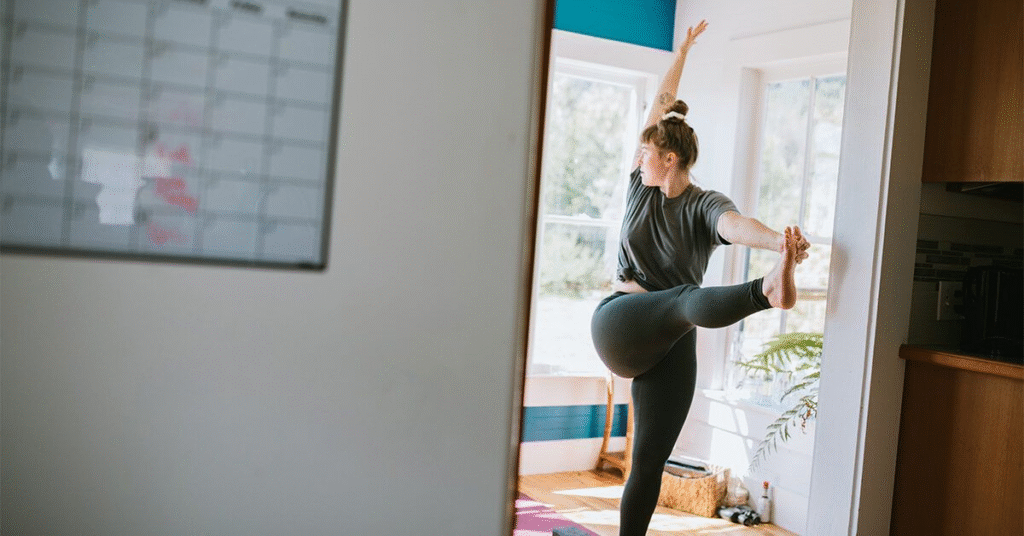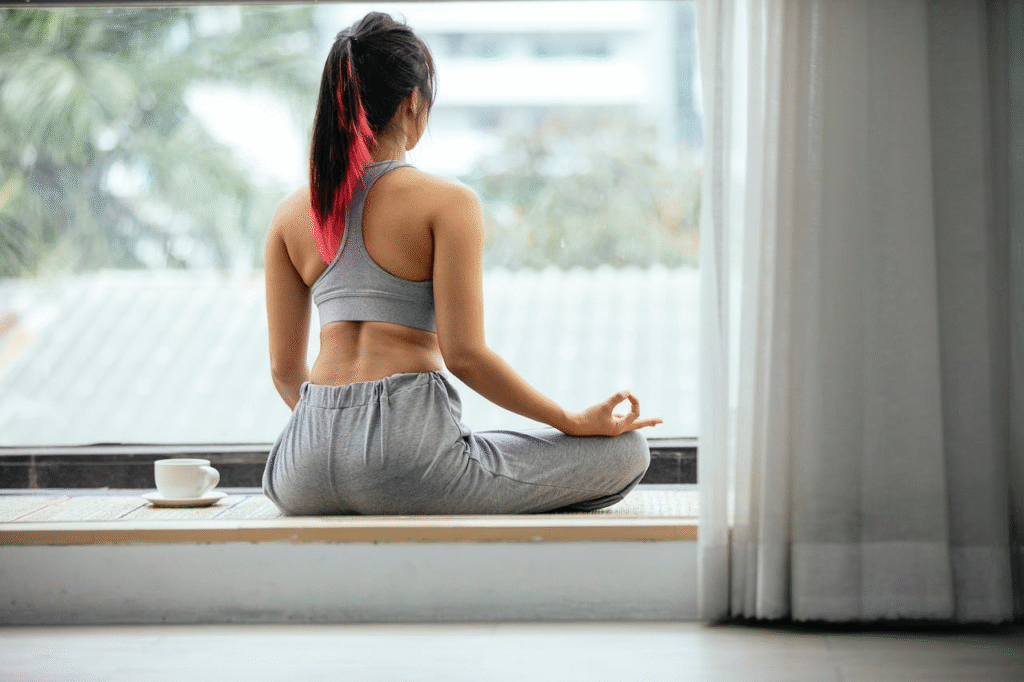Why Rest Matters in Holistic Fitness
In the pursuit of strength, endurance, and flexibility, many overlook one of the most essential components of well-being: rest. While workouts challenge muscles and elevate the heart, recovery is where the body actually transforms. Rest matters fitness because it provides the foundation for repair, rejuvenation, and resilience. Without it, even the most disciplined routines crumble under fatigue.

The Science of Recovery
During exercise, microscopic tears form in muscle fibers. These tears are not harmful; they are opportunities for growth. Healing occurs when the body is allowed time and space to restore itself. A holistic recovery guide emphasizes that rest is not passive but deeply active—a process where hormones regulate, tissues mend, and energy systems reset.
Sleep as the Body’s Healer
High-quality sleep is perhaps the most powerful recovery tool available. Deep sleep cycles release growth hormones, strengthen immunity, and stabilize mood. Those who neglect sleep often find progress stalling, no matter how consistent their training. Prioritizing restful nights demonstrates why rest matters fitness and should never be treated as optional.
Balance Beyond Exercise
Fitness is not only about moving harder or longer. It’s also about cultivating healthy body balance—the equilibrium between effort and ease. Overtraining without sufficient recovery leads to exhaustion, weakened immunity, and even injury. Gentle practices such as yoga, stretching, or leisurely walks can complement intense training, helping the body sustain harmony.
Rest as a Mental Reset
Beyond the physical, rest nurtures mental clarity. Constant activity without pauses overwhelms the nervous system, creating tension and stress. Stillness, mindfulness, and restorative breathing act as a reset button. A holistic recovery guide underlines the role of mental rest as equal to physical restoration, ensuring the mind aligns with the body’s rhythm.
Active Recovery Rituals
Rest doesn’t mean inactivity. Light movements—like swimming, tai chi, or simple stretching—keep circulation flowing without straining the body. These rituals support healthy body balance, maintaining mobility while allowing deeper systems to repair. Active recovery bridges the gap between intensity and restoration.
The Role of Nutrition in Renewal
Food fuels recovery as much as it powers exercise. Proteins rebuild tissue, complex carbohydrates replenish energy, and antioxidants reduce inflammation. Pairing nutrition with quality rest magnifies results. Small adjustments, such as hydrating consistently or incorporating magnesium-rich foods, embody practical wellness renewal tips for everyday fitness enthusiasts.
Stress, Stillness, and Strength
Modern lifestyles often glorify busyness, yet stress is one of the biggest obstacles to vitality. Intentional pauses—through meditation, naps, or quiet reflection—lower cortisol levels and restore equilibrium. These practices reinforce why rest matters fitness, showing that rest is not indulgence but necessity for long-term strength.
Designing a Restful Routine
A structured routine makes rest intentional rather than accidental. Setting consistent sleep times, creating calming pre-bed rituals, or scheduling weekly rest days ensures the body receives what it needs. Integrating wellness renewal tips into daily rhythms transforms rest from a background thought into a central pillar of holistic health.
The Power of Pausing
Rest is the silent partner in progress. It is the unseen force that sustains vitality, supports healing, and fosters longevity. Through the wisdom of rest matters fitness, the guidance of a holistic recovery guide, the harmony of healthy body balance, and the practicality of wellness renewal tips, rest becomes more than a pause—it becomes the pulse of true holistic fitness.






